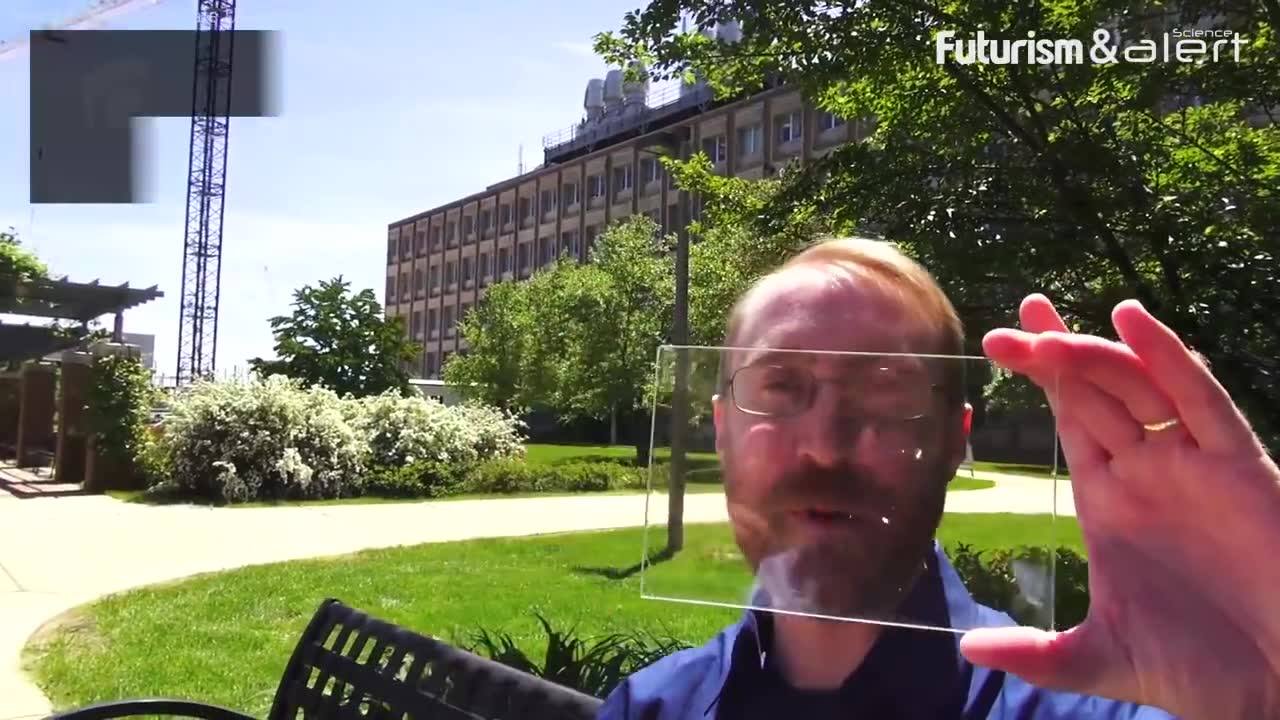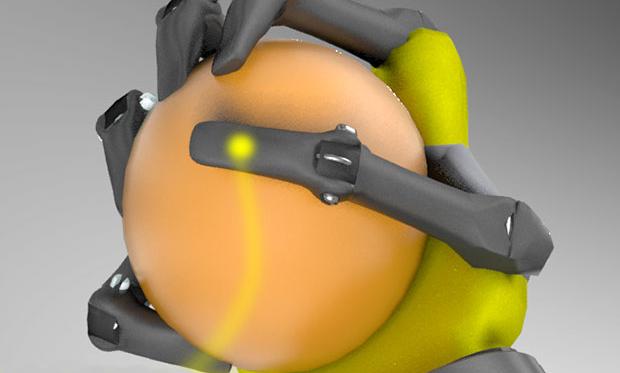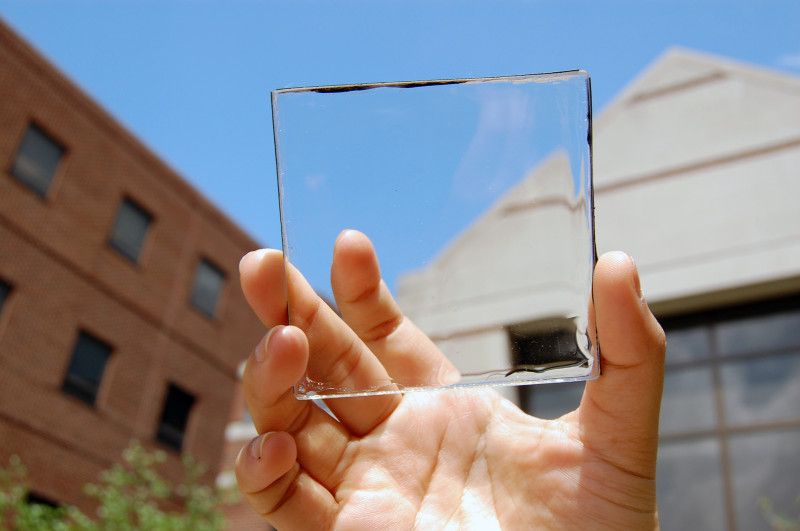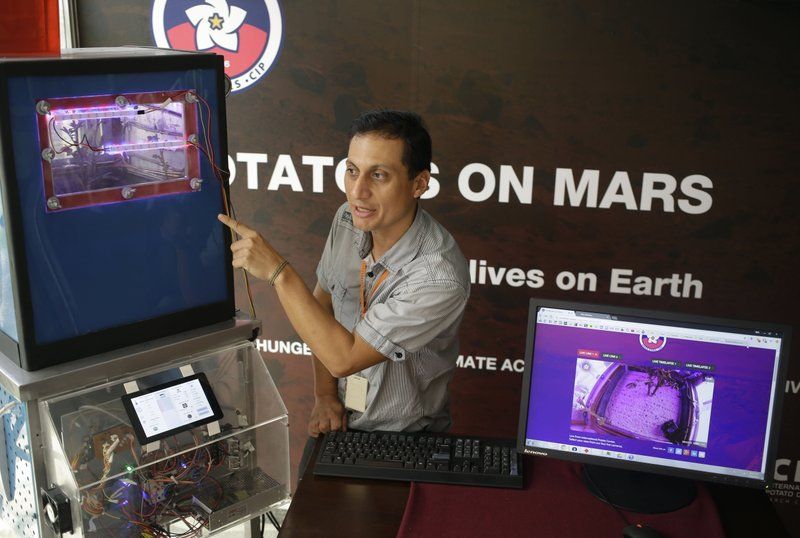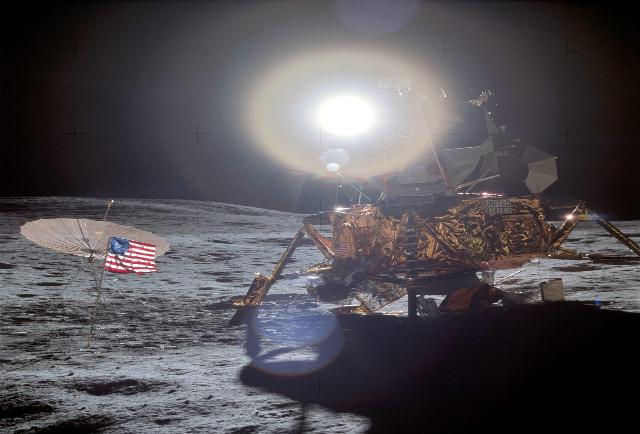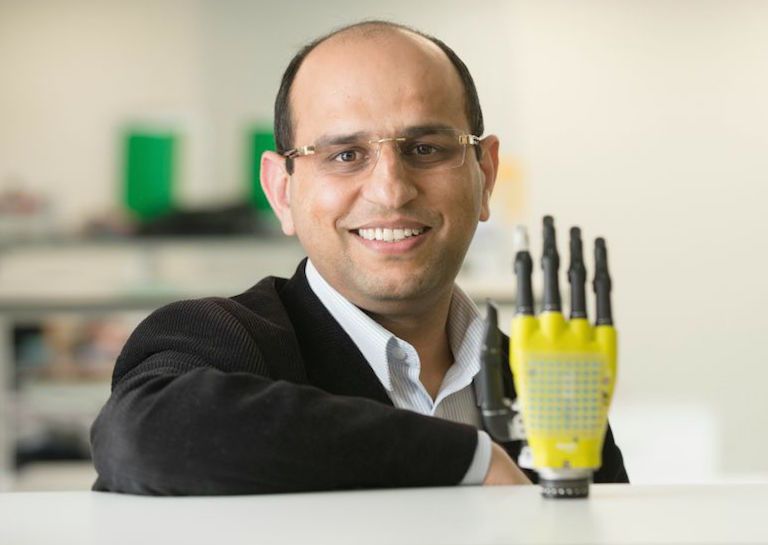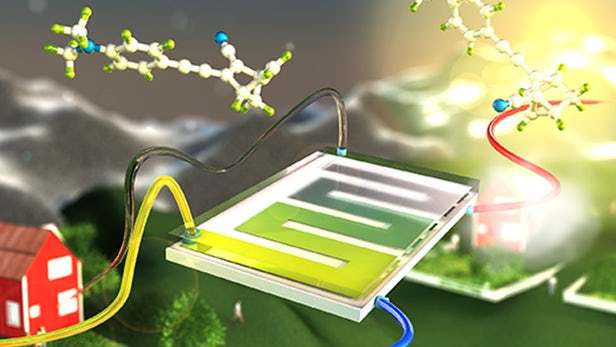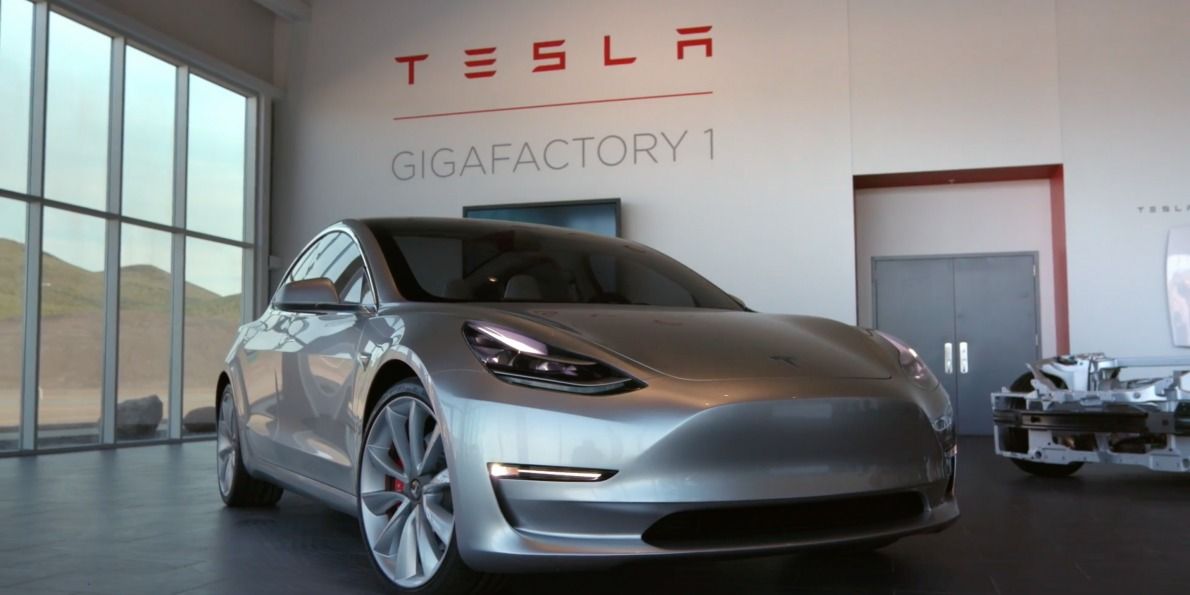Apr 3, 2017
From Home Aeroponic Gardens to Vertical Urban Farms
Posted by Montie Adkins in categories: employment, food, habitats, space travel, sustainability
Sometimes people bring up overpopulation scenarios where the population can fit inside Texas. But they ask, what about all the stuff that supports that population? Here is one answer.
Located in an abandoned 70,000-square-foot factory in Newark, New Jersey, the world’s largest vertical farm aims to produce 2,000,000 pounds of food per year. This AeroFarms operation is also set up to use 95% less water than open fields, with yields 75 times higher per square foot. Their stacked, high-efficiency aeroponics system needs no sunlight, soil or pesticides. The farm’s proximity to New York City means lower transportation costs and fresher goods to a local market. It also means new jobs for a former industrial district.
Continue reading “From Home Aeroponic Gardens to Vertical Urban Farms” »


